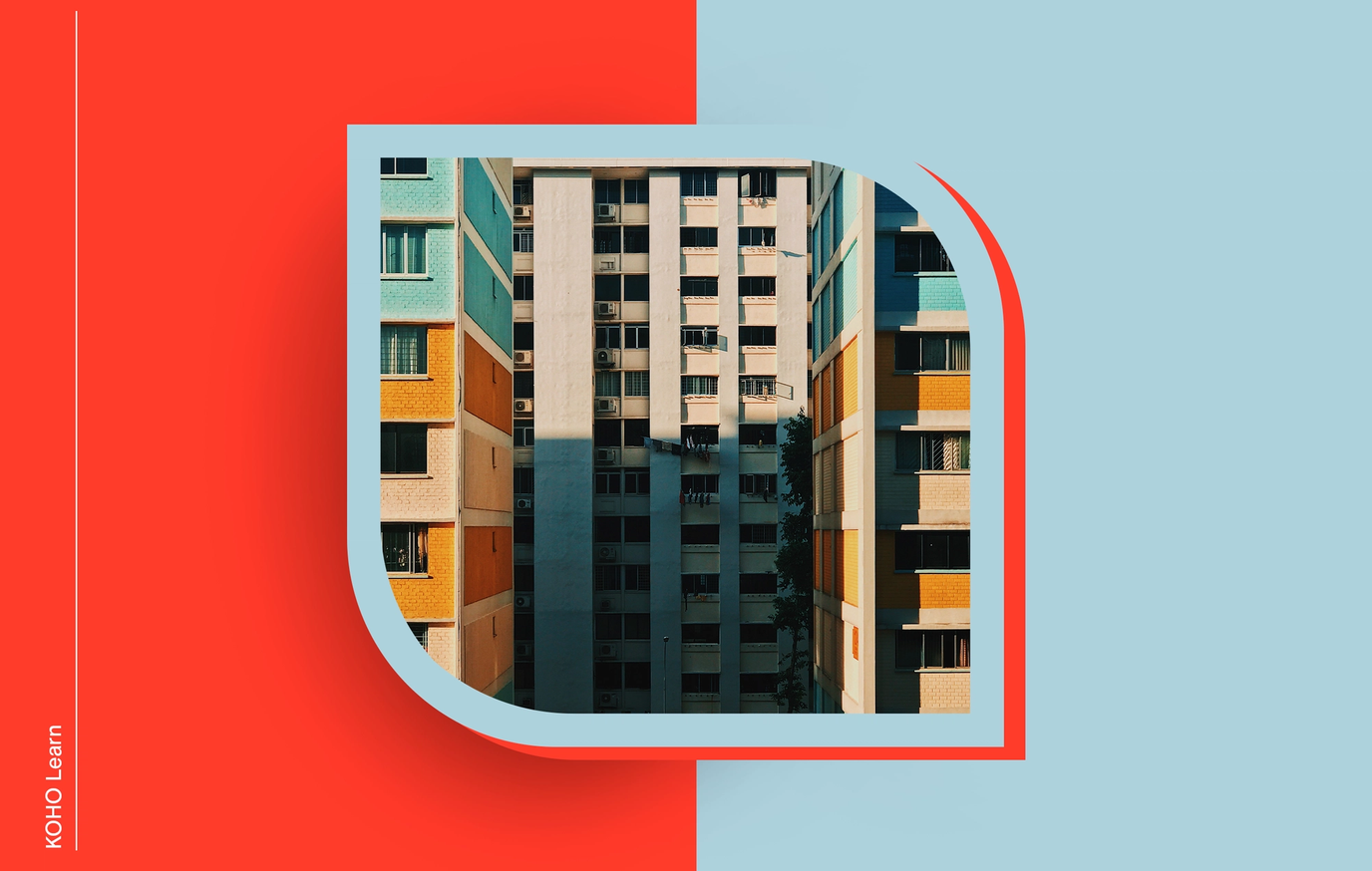
Rounding it up
Homeowner’s insurance is not legally required, but most Canadians invest in it anyway.
Your rate will depend on your net worth, salary, home location, and many other factors.
There are different homeowner’s insurance packages for those looking to save money as well! So do your research to find the one that fits your needs.
Home ownership is one of the most important milestones to achieving financial security. Nevertheless, many Canadians are unfamiliar with how homeowner’s insurance is calculated and how important it is to protect what you own.
Thinking about buying your first house? Here’s how your homeowner’s insurance will be determined, why it’s imperative to protect your investment, and how to improve the value of your home.
Insurance companies are in charge
How your homeowner’s insurance is calculated will ultimately be decided by the private insurance company you sign up for. Different companies employ various standards when determining rates, but there are a few consistent things that will come into play regardless of which insurance company you settle on.
The location of your home is perhaps the most important element when it comes to calculating your homeowner’s insurance. Residences inside well-developed neighborhoods with limited exposure to natural disasters will be easier to insure than abodes that reside in less developed areas that are prone to wildfires, flooding, or other costly fiascos. Some Canadian insurance companies will simply use your postal code to determine if your home is located in an area where many insurance claims are filed.
Living in a disaster-prone area with many annual insurance claims is thus guaranteed to raise your rates. Regardless of what type of insurance you’re looking for, you’ll almost always end up paying higher rates wherever there are greater risks involved. Carefully survey the neighbourhood and region before purchasing a home to secure the best insurance rates after you move in.
The proximity of your home and land to nearby utilities will also be important. Homes that are closer to fire hydrants, fire departments, and other first-responder infrastructure will enjoy lower rates. Statistics provided by the Canadian government indicate that there are approximately 24,000 house fires across Canada each year. Avoid becoming a statistic by investing in property where fires can easily be extinguished if you want better insurance rates.
Understanding your home
Your net worth and annual salary could be assessed when Canadian insurance companies are trying to determine your homeowner’s insurance rates. Wealthier individuals may have an easier time securing competitive rates. Your paycheque isn’t the only thing an insurance company will consider, however. The following features of your home could impact your final rates:
The construction materials (e.g. wood/brick/concrete)
The state of your electrical wiring
The local crime rate
The age of your roof, and when it was last repaired
Your personal history of insurance claims
Your proximity to roads with high-volume traffic
Your proximity to other nearby residences
Your proximity to nearby sources of water
Local vegetation, such as trees which are nearby, tall, old, and may collapse
Homes that make one or two claims each year may be considered “high risk.” Homeowners responsible for such property will likely face higher than usual rates, as insurance companies don’t want to make a risky investment without gaining something in return. Whether it’s home insurance or auto insurance, getting insurance early and bundling your packages can end up saving you huge sums of money in the long run.
Different types of coverage
There are different types of homeowner’s insurance coverage. Coverage on your personal belongings is important if you live in an area prone to fires, flooding, or other disasters which may not only destroy the house but also everything inside of it. Canadian homeowners may be required to conduct a home inventory ahead of time to receive extensive coverage of their personal belongings.
Conducting a home inventory can be time-consuming but may end up saving you a massive sum of money in the event of a disaster. Be sure to take pictures of your belongings, catalogue their serial numbers, and make note of which model you possess to regain the full value of your belongings. Understand that full homeowner’s insurance will partially be determined based on how long it takes to replace or rebuild your home or lost possessions.
Liability coverage refers to legal protection if someone is injured in your home or on your property. Some liability insurance packages may even offer you protection from damage caused by pets on your property. This is worth considering if you’re searching for a home with a big backyard for your beloved pets to roam around. Liability coverage may include no-fault medical insurance which allows you to avoid any legal hassle if a friend, relative, or neighbor is injured on your property.
Some homeowners also invest in additional living expenses insurance (ALE). ALE insurance provides you with a nest egg to fall back upon if your home becomes temporarily uninhabitable or totally destroyed. Your hotel bills and other daily living expenses can be partially or entirely covered with the right ALE package. This is a great choice for Canadians who live in risky areas where they live in fear of immediate evacuation in the wake of a disaster.
SPEND SMARTER. SAVE FASTER
Making the most of homeowner’s insurance
While your savings are usually automatically covered by the government, homeowner’s insurance is a personal choice that you must proactively pursue. While you may be legally obligated to obtain insurance as a renter, homeowners themselves face no legal mandate to insure their property to a certain standard. While this may seem nice, failing to invest in insurance coverage is inviting disaster into your home, in this case, quite literally.
According to one report, these various coverage policies saved Canadian homeowners approximately $1 billion in 2020 alone. As more Canadians embrace teleworking due to the COVID-19 pandemic, more time spent at home could lead to a change in the annual number of insurance claims.
Homeowner’s insurance can also incentivize further investment in your home. After all, Canadians are more likely to invest their hard-earned wealth in renovations and home expansions if they can rest assured that their residences are fully covered. Securing a good homeowner’s insurance package is thus the first step toward building wealth that comes from investing in real estate.
Those who are looking to save money can invest in no-frills coverage plans. If your home doesn’t meet the standards associated with traditional insurance plans, a no-frills policy could offer you some limited protection for a very affordable rate. While you won’t be heavily insured, it’s better than nothing, especially if you’re worried about fires, flooding, hurricanes, or crime.
Ready to start protecting what you own? Visit the Canadian government’s official webpage on finding a reliable insurance provider to get the most extensive protection available.

About the author
Ryan Severance is a professional freelance author and the owner of American Scribe LLC. With degrees in political science and socio-legal studies, he writes about business, politics, and law for clients around the world.
Read more about this author